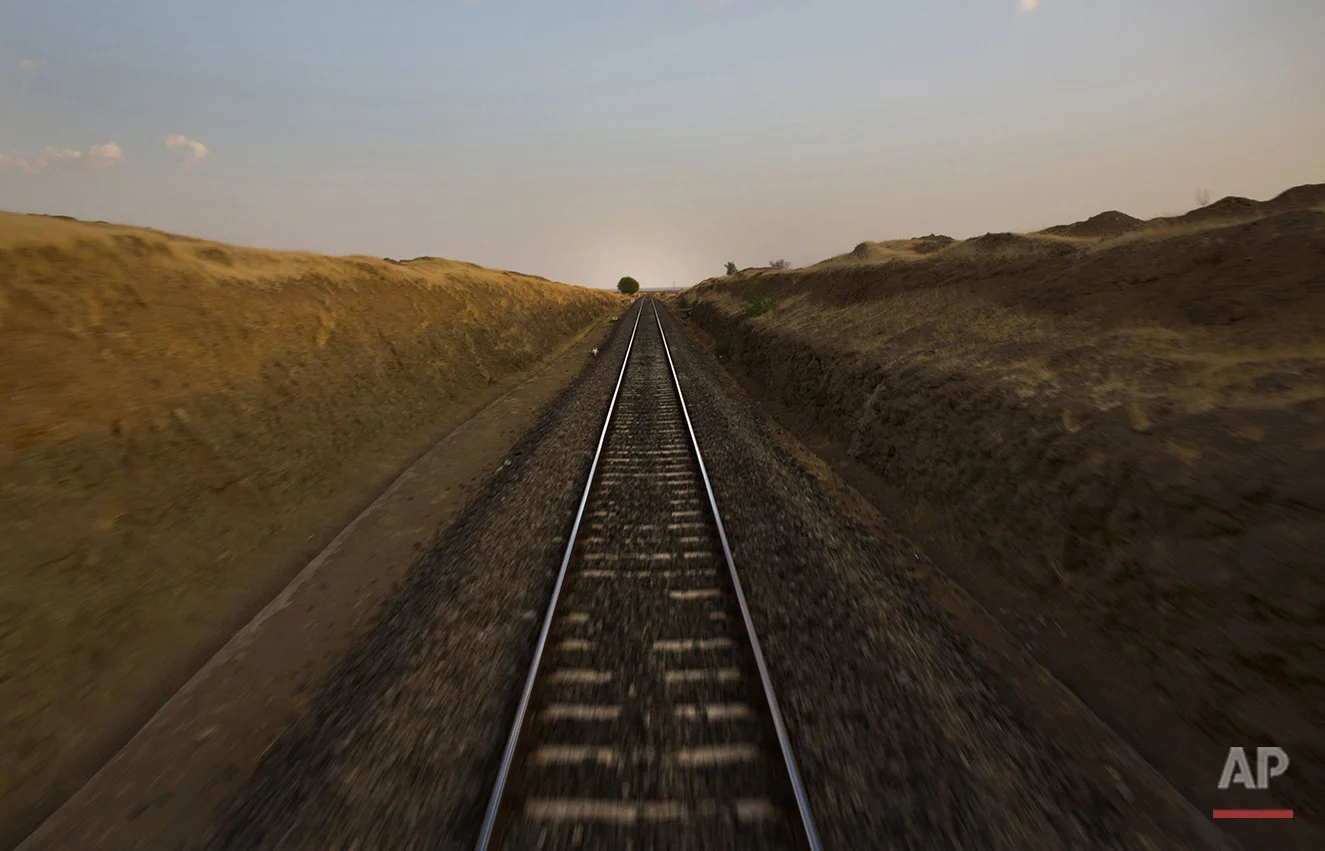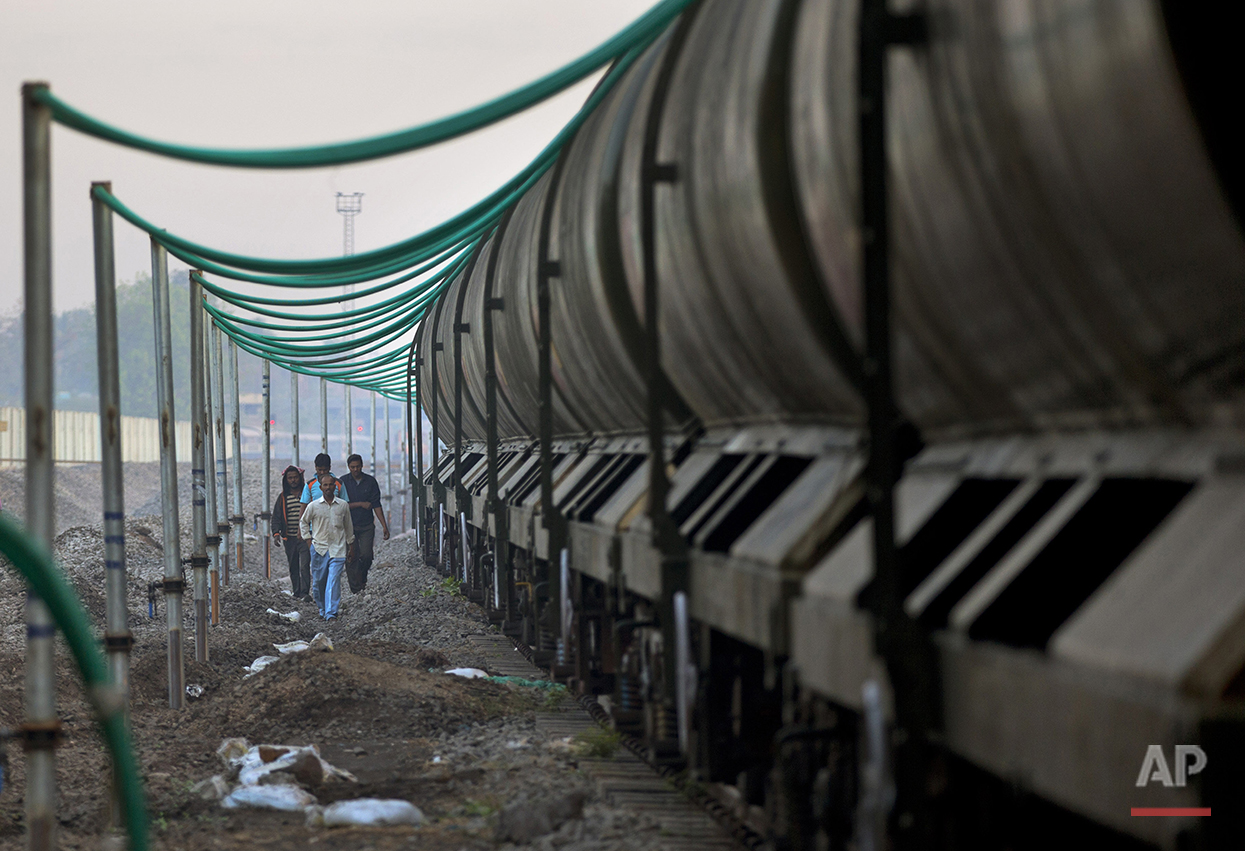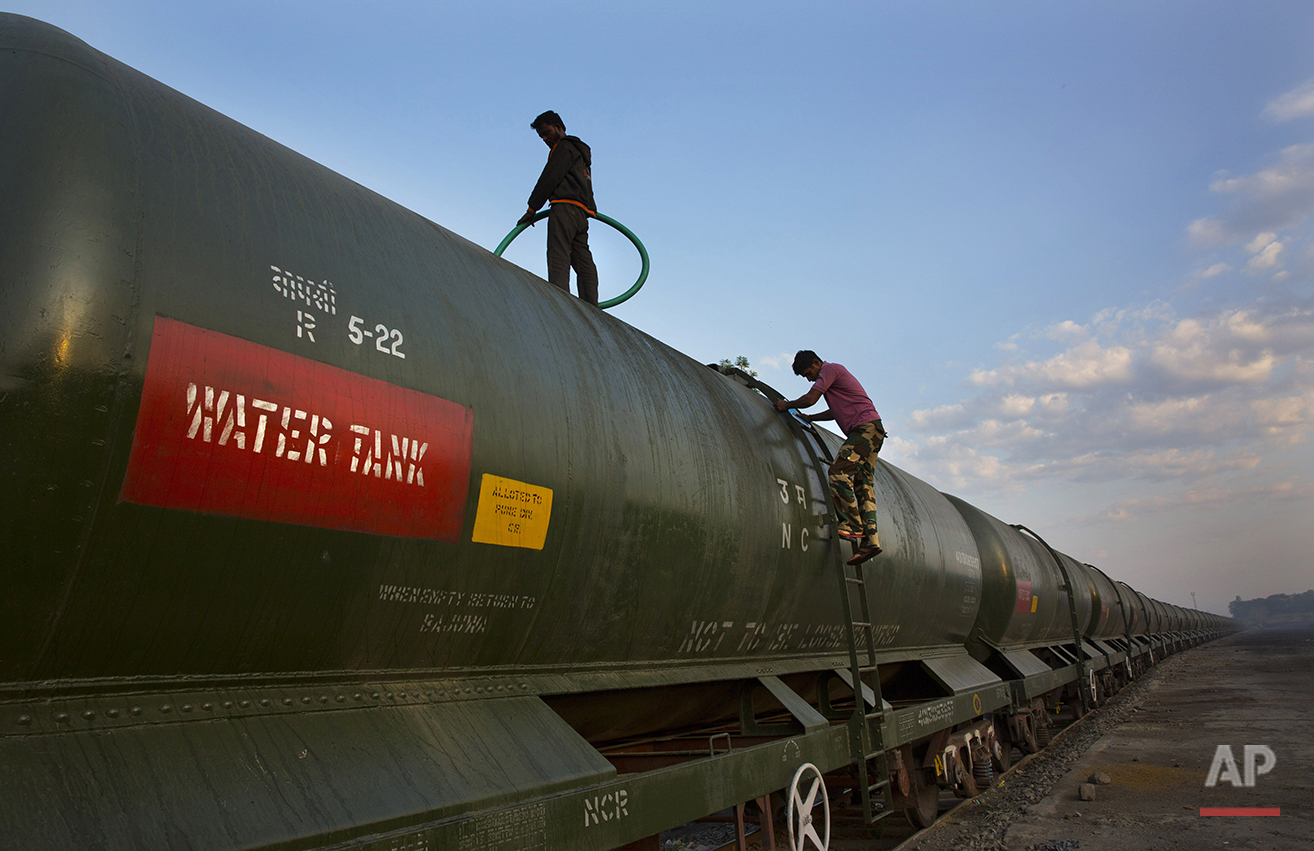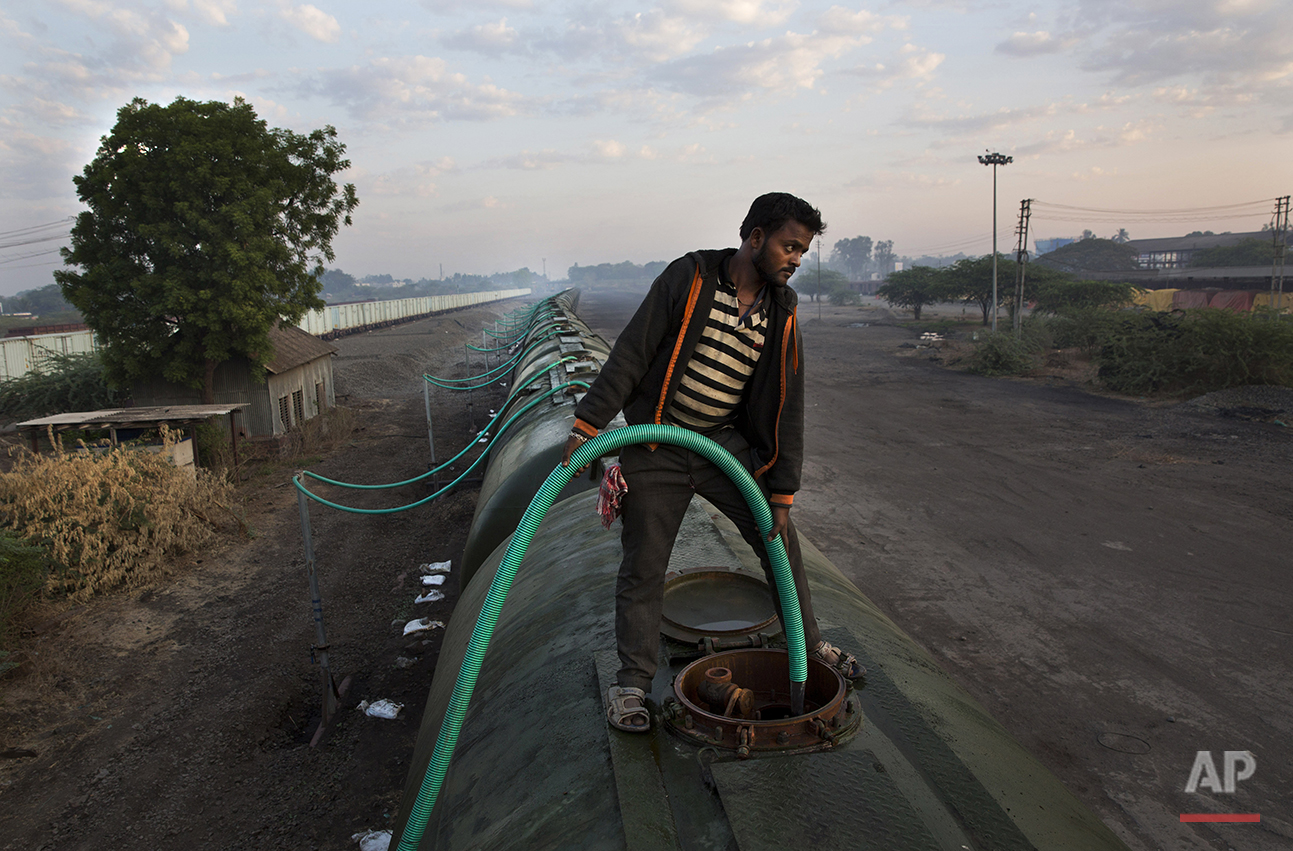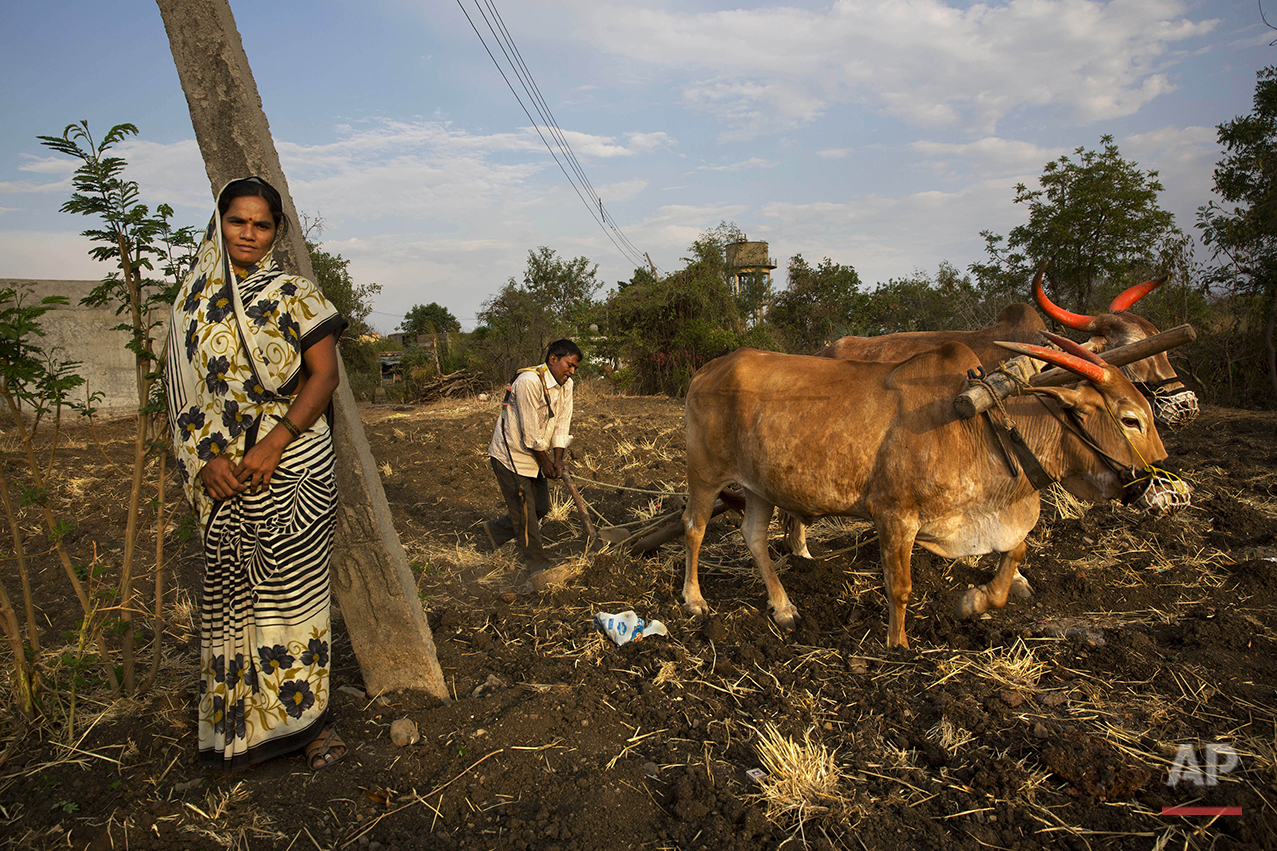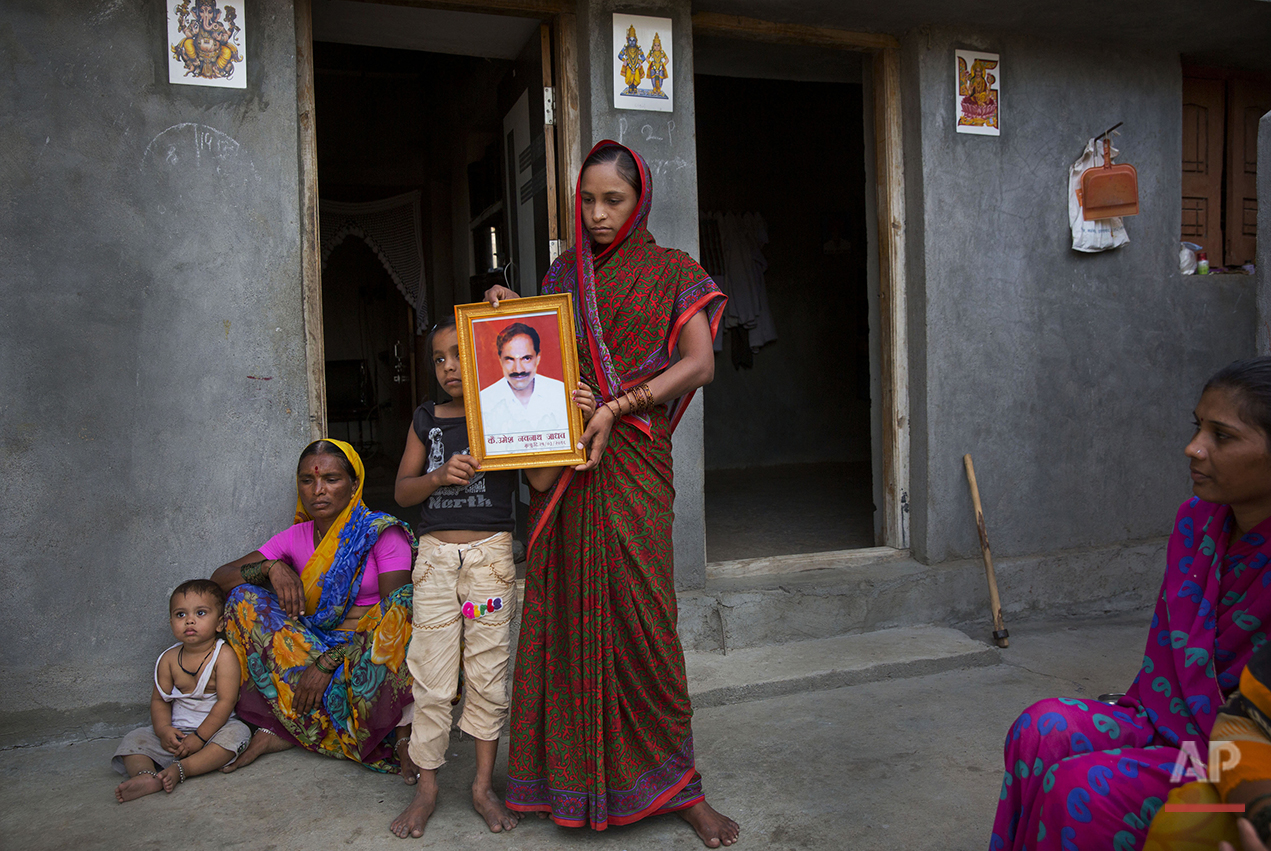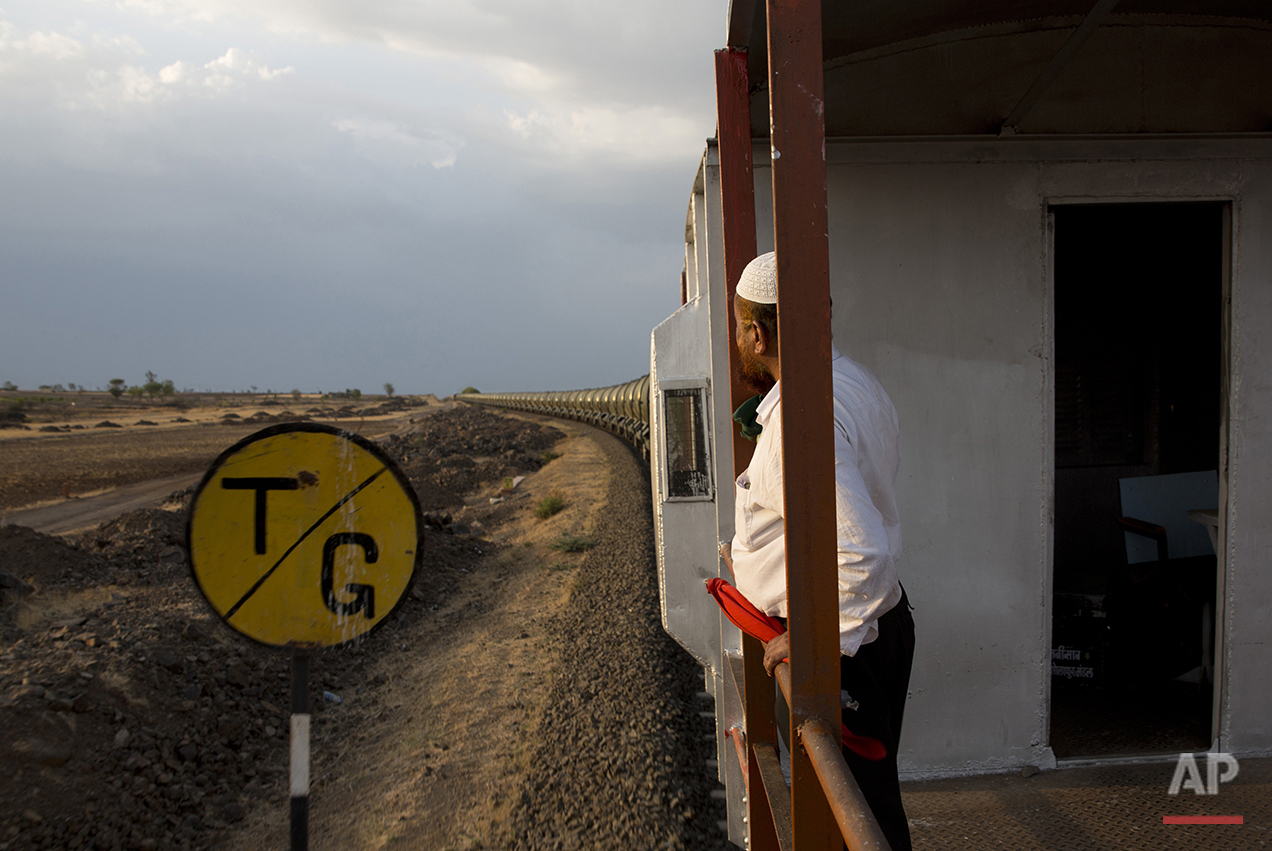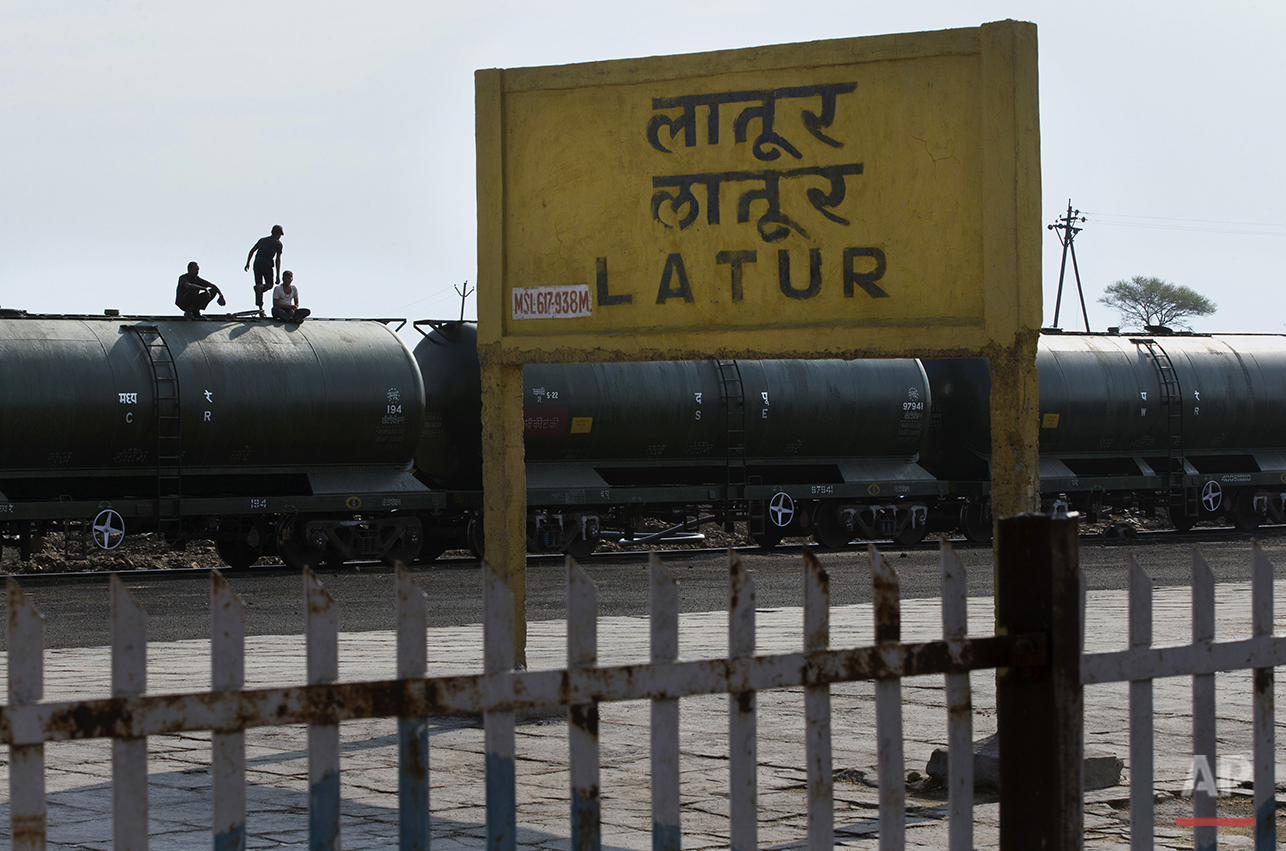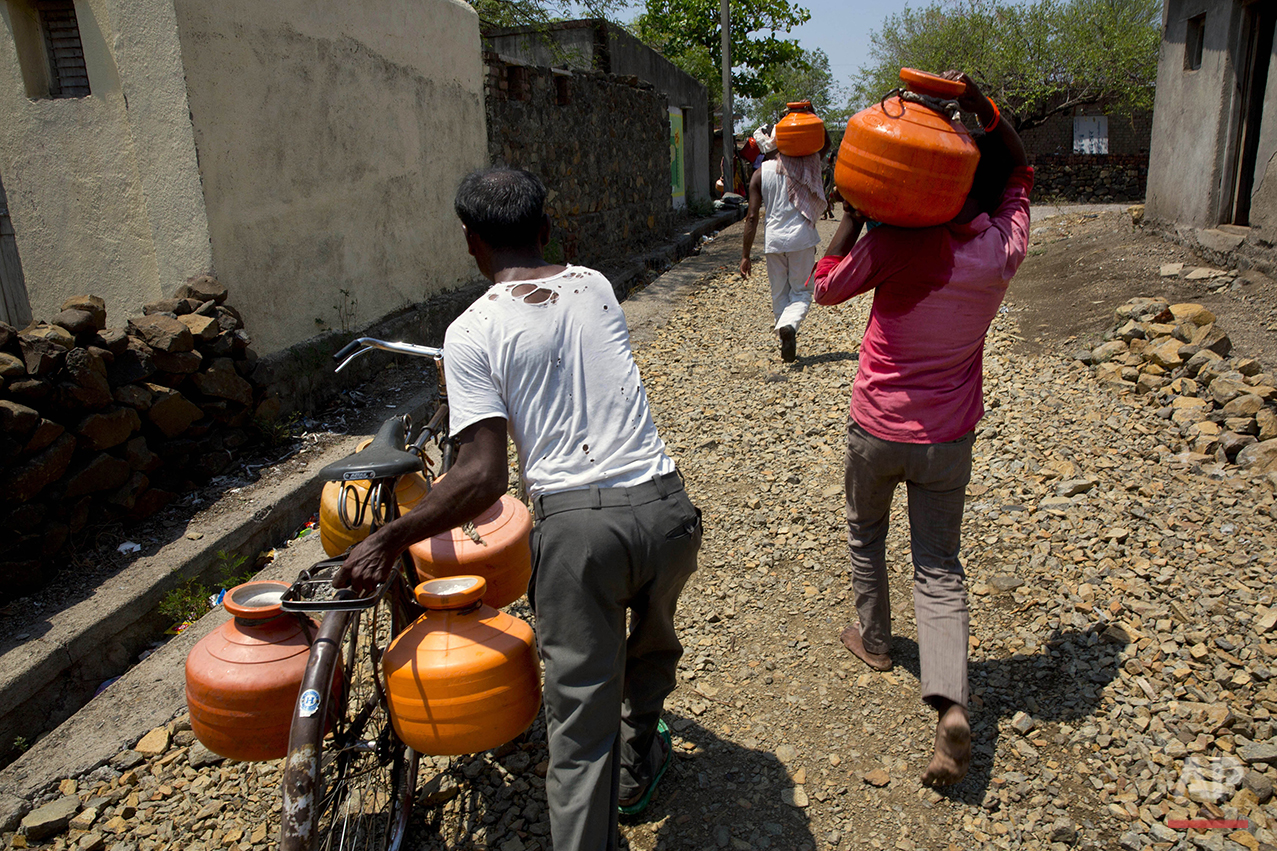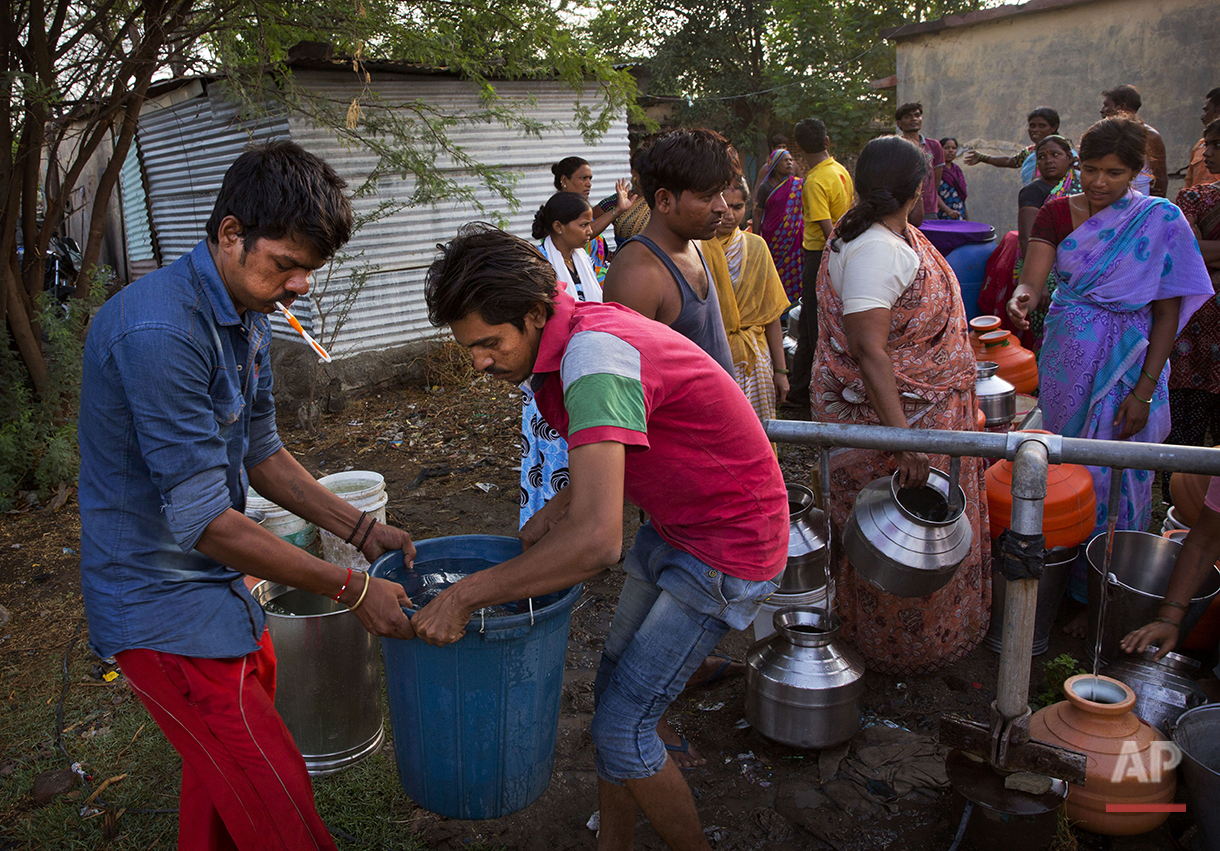Train brings water to drought-hit region in central India

Many trains pull into Latur's railroad station, but none is as eagerly awaited as the train that pulls into the parched town in the dead of the night.
That train — called "Jaldoot" or the Messenger of Water — brings millions of liters (hundreds of thousands of gallons) of the precious liquid that the drought-plagued central Indian district so desperately needs.
Latur, with its ravaged farmland and thirsty families, has become the unfortunate poster child for the blistering drought that is hurting tens of millions of people across 13 Indian states. It's the main city in Maharashtra state's Marathwada region, where three districts — Beed, Latur and Osmanabad — have been devastated by two consecutive droughts.
With the monsoon rains still at least a month away, the water train, which started running in April, is a desperate measure to ease a desperate situation.
Tragic stories abound. Crops have failed, cattle are wasting away and long, scorching walks in search of drinking water have resulted in dozens of deaths.
"It's an extremely bad situation. There's absolutely no water. The water dried up in January," says Ashok Balunke, a farmer in the region.
Nowhere is the tragedy more heartbreaking than in the stoic silence of 30-year-old Ranjana Umesh Jadav, whose husband fell into a well several kilometers (miles) from his home and died as he tried to fetch water for his family after their taps and the village well ran dry. Sitting with her two young children, she stares silently as older female relative explained her husband's death to visiting journalists.
Latur's crisis is part natural calamity and part man-made. The landlocked area has historically been drought-prone, but decades of environmental degradation and the lack of a water management plan have pushed the region to the brink. Over the last few decades, locals have extracted groundwater relentlessly, severely depleting the water table.
As Marathwada's crisis worsened over the last two years the state government decided to start sending a water train. The city of Miraj, about 340 kilometers (211 miles) west of Latur, was chosen as the place to source water for the thirsty Marathwada region. Located in the basin of the Krishna River, Miraj is one of the few cities in the region that has escaped the drought. The city has so much water that local residents can wash their cars and motorcycles, and surrounding villages are lush and green.
A medieval step well next to the Miraj train station serves as the filling point for the water train. According to local legend, the well never runs dry, but for the purpose of filling the wagons that transport water to Latur, kilometers (miles) of plastic pipes have been laid out from the Krishna River. The water that gushes into the well is then pumped out through another grid of underground pipes to the rail yard at Miraj.
The train, with its 50 shiny green wagons, has been specially prepared for its task. The containers, which once carried petroleum products or vegetable oil, were chemically treated and steam-cleaned before being freshly painted for their new cargo at a railway yard in the western state of Rajasthan.
It takes about eight hours for the train to be tanked up. Each wagon contains 53,000 liters (14,000 gallons) of water. It pulls out of Miraj station at 5 p.m. and pulls into Latur just after midnight.
Rubber pipes empty the train's precious cargo into a water treatment plant. From there, tankers transport the water across the city. Vendors with handcarts piled with brightly colored plastic containers take water to the surrounding villages.
The Indian Meteorological Department has forecast an above-average monsoon season this year. But until the rains soak Latur's parched land, the train is its only hope.
Text from the AP news story, Photo Gallery: Train brings water to drought-hit region in central India, by Manish Swarup and Muneeza Naqvi.
Follow Manish Swarup | Instagram | Twitter
Spotlight is the blog of AP Images, the world’s largest collection of historical and contemporary photos. AP Images provides instant access to AP’s iconic photos and adds new content every minute of every day from every corner of the world, making it an essential source of photos and graphics for professional image buyers and commercial customers. Whether your needs are for editorial, commercial, or personal use, AP Images has the content and the expert sales team to fulfill your image requirements. Visit apimages.com to learn more.
Written content on this site is not created by the editorial department of AP, unless otherwise noted.
AP Images on Twitter | AP Images on Facebook | AP Images on Instagram

